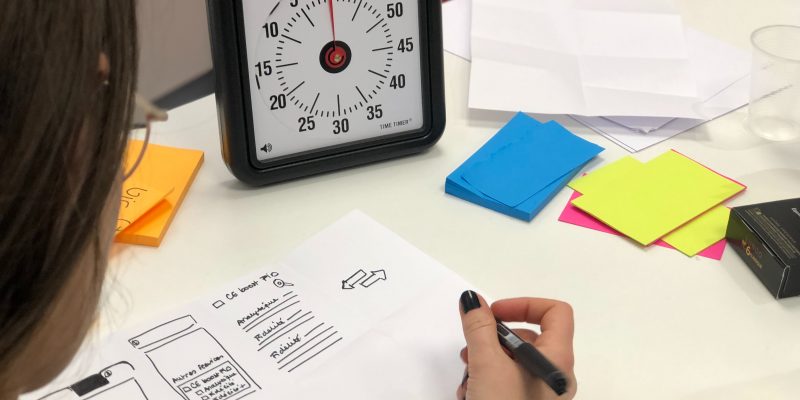Have you noticed that the more time you have, the more likely you are to waste it? Since I started creating time blocks for meetings or focused projects, time feels more finite and I am more productive. If I only have two hours before my next meeting, I want to make the most of that time.
In 2019, I started tracking my time. Using the Toggl app on my phone or Chrome extension on my computer, I tracked everything in categories from work, to sleep, exercise, family time and commuting. I shared on my blog the experience of discovering where my time went. One unexpected advantage was that the simple act of tracking improved productivity. Especially when working on my own business. When I hit the timer button it was like I was clocking in and I wanted to make the most of this time, even if I wasn’t billing for those hours.
In 2020, I implemented a modified Pomodoro Technique. I had resisted this method because working only 25 minutes before a break did not feel like enough time to get into deep work. However, revising the method to 50 minutes of work and 10 minutes of break added a huge boost to my productivity. I downloaded the Focus To-Do app which not only improved focus, but also improved clarity by forcing me to identify my task for the next interval. According to Nir Eyal, author of Indistractable, we can’t claim to be distracted unless we are clear about what we are being distracted from. Preparing a presentation, for example, could include tasks like outline, research and slide creation. This technique got me back on track after a slump at the beginning of sheltering in place during COVID-19.
My modified Pomodoro technique was validated by research from the Draugiem Group. Their DeskTime product tracks the logs of users’ computer programs throughout the workday. They studied the workflow of the most productive employees by analyzing data points from thousands of logs. These individuals didn’t get more done by working longer, but rather by working smarter with more frequent breaks. On average, this meant 52 minutes of productive work followed by 17 minutes of break. The key to making this work is 100% dedication to the task at hand, without allowing any distractions such as email or social media, followed by a 100% break.
Ideally, a break should be stepping away from your computer. The best options are a walk outside or brief period of exercise along with socializing with colleagues or grabbing a healthy snack. You can also meditate, listen to a podcast or read a book. Checking your social media or watching cat videos can be considered a mental break but these options don’t have the added benefit of reducing eye strain and may not get you out of your seat.
But wouldn’t we get more done if we worked 8 hours straight? In reality, working for longer periods decreases engagement with the task and increases cognitive boredom. Whereas breaks refresh our focus and attention. Or as DeskTime puts it “Concentration is like a muscle – it needs to rest to be able to function, and it shouldn’t be overworked. Otherwise, it’ll simply burn out and take longer to get back into the swing of things.”
In recent years, health researchers have dubbed sitting as the new smoking by increasing our risk of heart disease and diabetes. Trading two minutes of sitting for two minutes of light-intensity activity each hour lowered the risk of premature death by 33 percent, according to a study from the University Of Utah School Of Medicine. Moving throughout the day can reduces stress hormones such as cortisol and adrenaline. Walking or gentle exercise also stimulates endorphins, which are the body’s natural mood elevators.
I encourage you to experiment and see if the 52:17 method works for you. Or, if you’re like me, you may want to round those figures down to 50:10 to create hour-long time blocks. The bottom line is, in order to get more done, get completely engaged and focus on the task at hand. When it’s time to take a break, give that 100% of your presence as well. To learn more, attend the Impact Hub’s virtual event on 7/27/20: Productivity with Presence: Discover the Mindful Advantage for Work & Life.
Photo by Bonneval Sebastien on Unsplash

